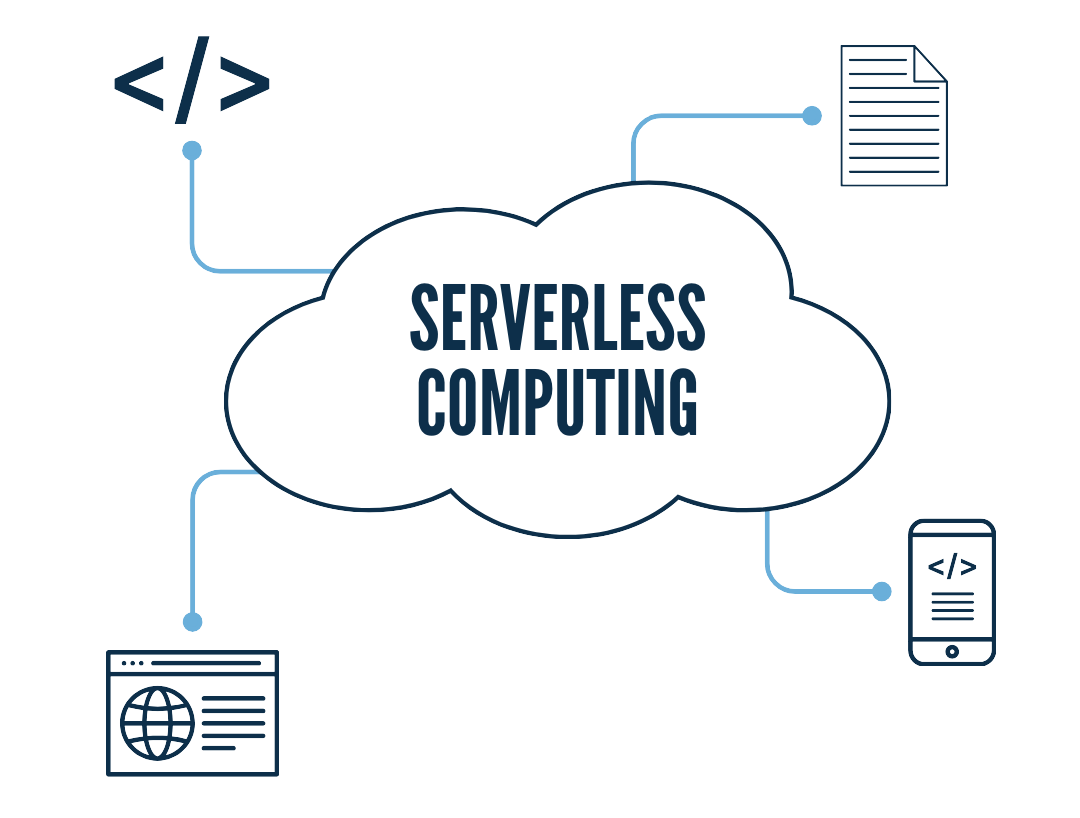
As we step deeper into the future, the software development landscape continues to evolve at a breakneck pace. From the rise of serverless architectures to the growing emphasis on secure, AI-powered applications, developers and tech leaders must stay ahead of these trends to build future-ready solutions.Here’s a deep dive into the top software development trends shaping the future and what they mean for your business or product roadmap.
- Serverless Computing Goes Mainstream
- Serverless architecture is no longer just a buzzword—it's becoming the norm. By abstracting infrastructure management, developers can focus solely on writing code and delivering features faster. Cloud providers like AWS Lambda, Azure Functions, and Google Cloud Functions continue to expand their offerings, reducing operational overhead and increasing scalability.
- Why it matters:
- Cost-efficient for unpredictable workloads
- Ideal for microservices and event-driven systems
- Speeds up time-to-market for apps and MVPs
- Secure AI-Driven Applications
- AI is now woven into the fabric of most modern applications—be it personalization, automation, or analytics. The focus has shifted from just smart apps to secure AI apps. With data privacy regulations tightening and AI models growing more complex, securing the AI lifecycle—from model training to inference—is critical.
- Key practices gaining traction:
- Federated learning for decentralized data training
- AI model watermarking for intellectual property protection
- Zero Trust AI and continuous monitoring of model behavior
- Multi-Cloud and Hybrid Deployments
- Gone are the days of vendor lock-in. Enterprises are opting for multi-cloud and hybrid strategies to ensure flexibility, cost optimization, and disaster recovery readiness.
- What's new:
- Kubernetes-based orchestration across cloud providers
- Consistent policy and security enforcement using platforms like Anthos and Azure Arc
- Edge-cloud integrations to support latency-sensitive applications
- Privacy-First Development
- With regulations like GDPR, CCPA, and India's DPDP Act reshaping the digital privacy landscape, privacy-by-design is now a default, not an option. Developers are integrating privacy into the software lifecycle through:
- Data minimization and anonymization techniques
- User consent management baked into UX
- Secure data sharing mechanisms such as homomorphic encryption
- DevSecOps is the New Normal
- Security is no longer an afterthought. DevSecOps—integrating security seamlessly into CI/CD pipelines—is standard practice. Automation tools now include security scans, secret detection, container vulnerability checks, and policy enforcement.
- Emerging tools:
- Snyk, Aqua Security, Checkmarx, GitGuardian
- GitOps and Infrastructure as Code (IaC) security integrations
- Composable Architecture for Future-Proof Apps
- Applications are being built with composability in mind—using modular components that are loosely coupled and highly replaceable. This trend supports business agility and experimentation, especially for customer-facing digital products.
- Key components:
- Micro frontends
- API-first development
- Headless CMS and services
- Green Software Engineering
- Sustainability is a priority for tech teams, and green software engineering is a growing field. Developers are optimizing applications for energy efficiency, reducing cloud resource usage, and measuring carbon impact using tools like the Green Software Foundation's SCI (Software Carbon Intensity) specification.
Final Touch
This is an exciting era for software development, marked by smarter, faster, and more responsible engineering practices. Whether you are leading a team, building a startup, or working on enterprise-grade systems, embracing these trends can give you a significant edge.
Stay ahead of the curve adopt modern tools, upskill continuously, and prioritize security, privacy, and performance in everything you build.

